VITAMIN D FAQs
WHY IS VITAMIN D IMPORTANT?
Sometimes called the “sunshine vitamin," D3 supports our bodies in a number of ways. You may have already heard about vitamin D's benefits to bone health, but it also helps with immunity, diabetes, mental health, energy levels, and even your heart. Vitamin D is involved in regulating more than 3,000 genes, and just about every cell in the body has receptors for it.
CAN'T I JUST GO OUT IN THE SUN?
At our latitude it would be difficult to get enough sun exposure, especially in the colder months when you're mostly covered up, for your body to manufacture all the vitamin D you need for full therapeutic benefit. The known risk of skin cancer that comes with prolonged sun exposure also means this isn't a good source.
Note that the darker your skin pigmentation, the more difficult it is to absorb the sun's UVB rays, which the body uses to manufacture vitamin D. Also keep in mind that if you use sunblock properly, you’ll be unlikely to absorb any UVB. (And putting your arm out the window while driving just isn’t enough!)
CAN I GET TOO MUCH VITAMIN D?
Yes. However, vitamin D itself is rarely toxic; its effects on increased rates of calcium absorption can lead to hypercalcemia (too much calcium in the blood), which can be dangerous. Talk with Dr. Robertson if you're concerned about this.
It's not likely that you'd overdose on vitamin D, but this is why he recommends regular blood testing of both D (25(OH)D and 1,25(OH)D) and calcium to ensure that you're safely getting the most benefit from supplementation.
WHAT DOES MAGNESIUM HAVE TO DO WITH VITAMIN D?
The body needs adequate levels of magnesium to enable the absorption and use of vitamin D, and vice versa—D helps the body process magnesium, which is essential to at least 300 biochemical functions, including blood sugar regulation, calcium balance, and muscle relaxation (including the heart).
WHERE DOES D3 (& D2) COME FROM?
The supplement we stock, cholecalciferol, comes from lanolin (from wool). Vegans and those with wool allergies may therefore choose to avoid it; Dr. Robertson can suggest an alternative.
With foods that naturally contain D3—including salmon, herring, and cod liver—it would be difficult to know how much you're getting in each “dose." Each dose, furthermore, isn’t actually very big. For example, one cup of vitamin D–fortified whole milk contains 128 international units (IU) of vitamin D; you'd have to drink 39 cups a day to reach what's often considered a therapeutic dose (5,000 IU)! (Betcha a dollar you'd puke after the first gallon anyway!*)
The body needs a regular, consistent supply of this vitamin, and the danger of heavy-metal toxicity that comes with excess consumption of some types of seafood (including salmon) means that although diet additions can help, they're not the best primary source of vitamin D.
Other D3 sources include the sun (see above...), specialized UVB lamps, or vitamin supplementation.
D2 (ergocalciferol) is the type most often given by high-dose prescription. Compared to D3, the effectiveness of D2 is under debate. It’s also more commonly implicated in hypercalcemia.
For more information, visit the Vitamin D Council.
*No we don’t—just checking to make sure you’re actually reading! We’d never recommend that anyone drink this much milk.

